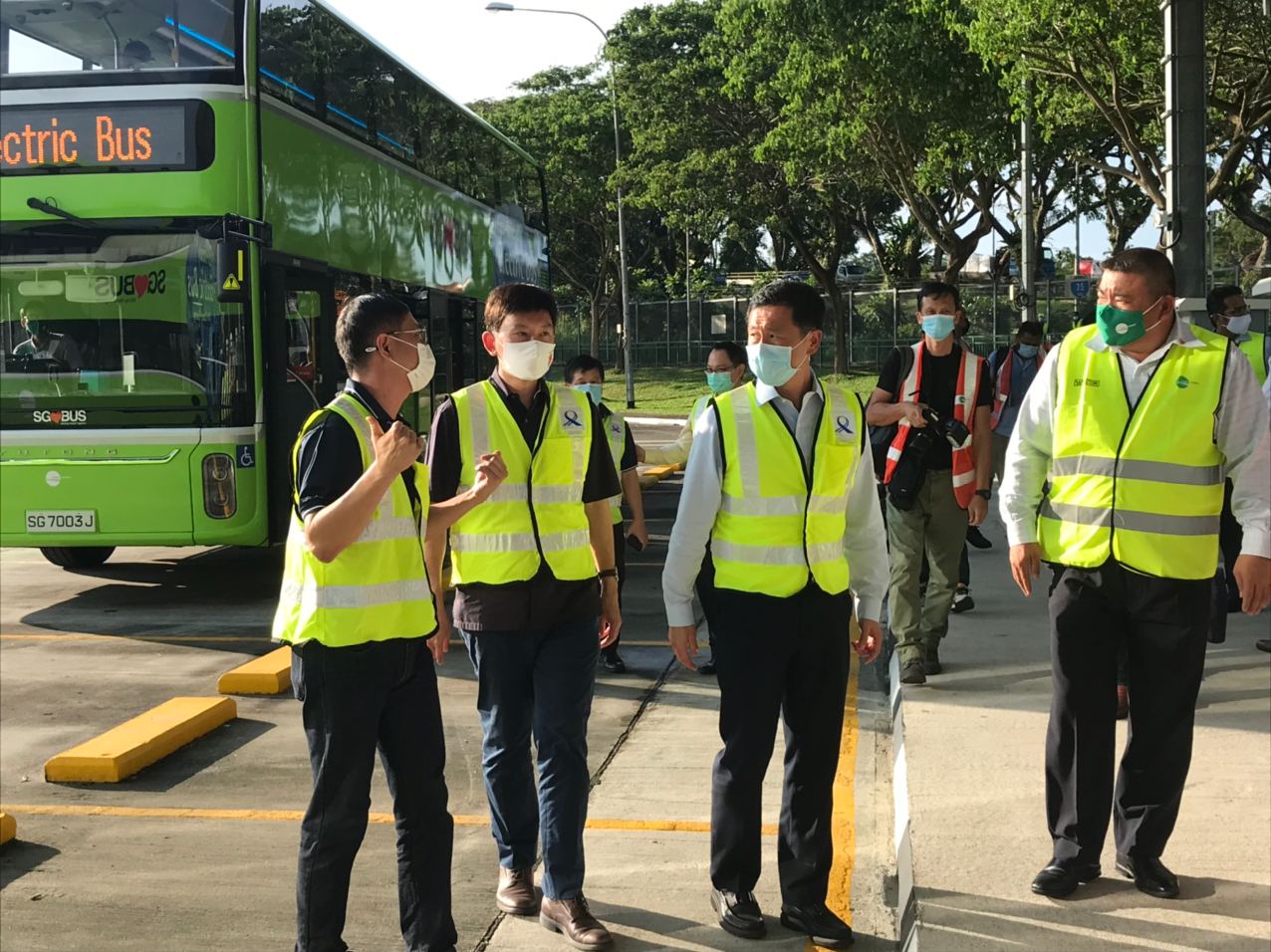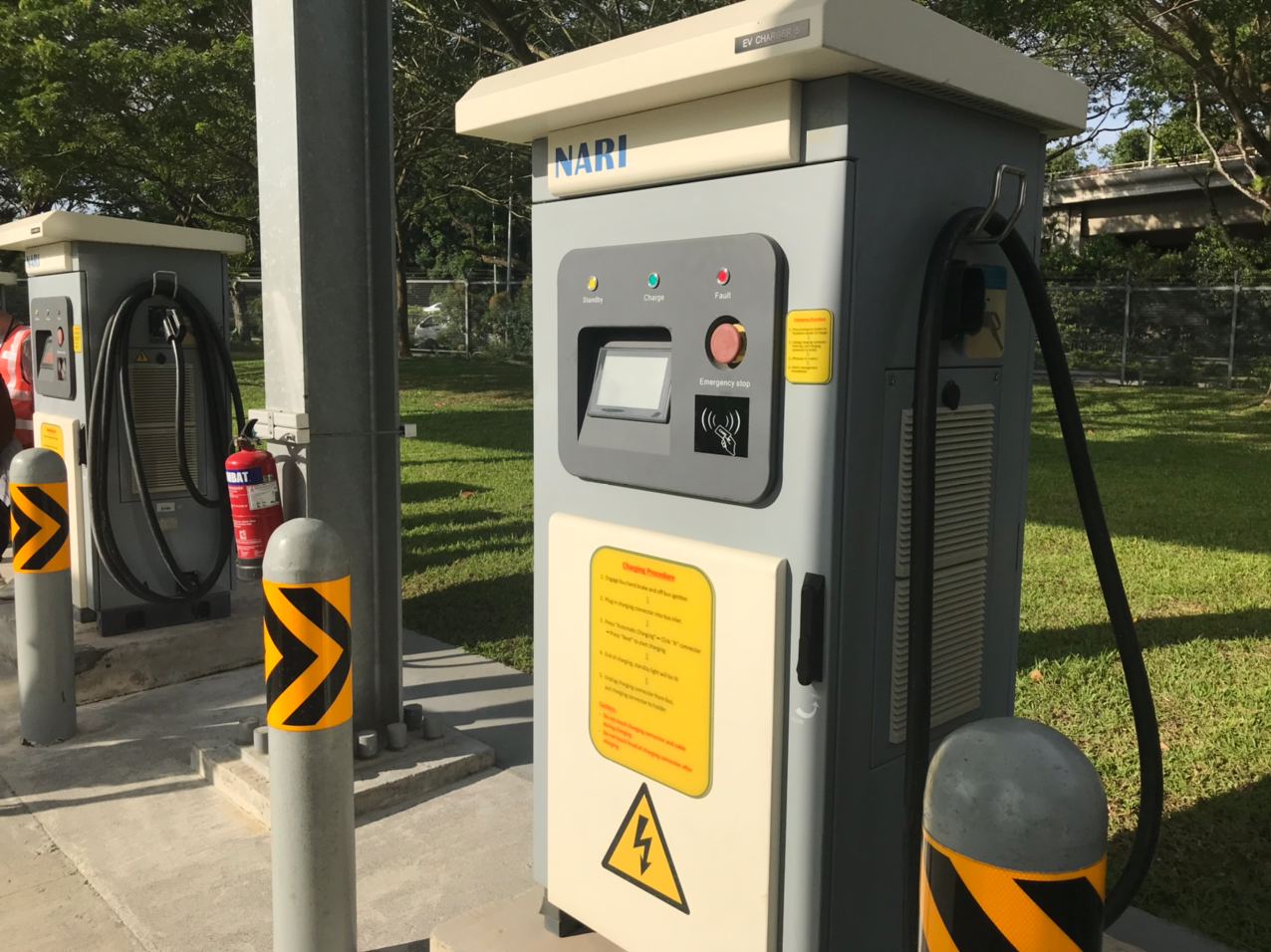In a bid to shift towards the use of clean energy, Singapore will be launching more electric buses in the months ahead.
60 electric buses will be fully deployed by next year, these include 10 double-deck electric buses.
These 60 buses will help the agency to understand the operational and technical challenges of running electric buses on a wider scale under our tropical climate and traffic conditions.
10 double-deck electric buses deployed on Oct. 27
The Land and Transport Authority (LTA) has awarded the tender to three companies.
BYD and ST Engineering Land Systems will run 20 single-deck electric buses each while Yutong-NARI Consortium will run 10 single-deck electric buses and 10 double-deck ones.
The 10 double-deck electric buses will be deployed from Oct. 27, 2020. They will be operating bus services 83, 983, and 189.
15 single-deck electric buses have already been deployed earlier this year.
Another 35 electric buses will be rolled out in the near future.
By mid-2021, 60 electric buses will be fully deployed, Senior Minister of State for Transport Chee Hong Tat said to the press at Bulim Depot on Oct. 27.
 Minister for Transport Ong Ye Kung and Senior Minister of State for Transport Chee Hong Tat at Bulim Depot. Photo by Ashley Tan.
Minister for Transport Ong Ye Kung and Senior Minister of State for Transport Chee Hong Tat at Bulim Depot. Photo by Ashley Tan.
"The plan is to have a mix of different types of cleaner fuel buses, so electric buses will be part of the fleet but we will also bring in diesel hybrid, and as the technology evolves, there may be new options that may come up," Chee added.
A step towards a greener Singapore
Chee said that Singapore will aim to replace the entire fleet of buses with cleaner fuel options by 2040 and this will be carried out in a progressive manner.
This is an initial step towards a greener future.
While the cost of an electric bus is currently more expensive than a traditional diesel option, Chee said that the ministry making this transition because they believe this is better for the environment.
He also believes that the costs of batteries, electric buses, or cleaner fuel buses will come down as technology evolves.
"This is a step that we want to take to support a more sustainable and greener future for Singapore," Chee said to the press.
Cleaner and quieter transport
The carbon dioxide tailpipe emissions from buses will be reduced by around 7,840 tons annually with these 60 electric buses.
This is equivalent to the emission of 1,700 passenger cars.
Besides being a cleaner mode of transport, passengers can expect the bus journey to be quieter.
There are also other enhanced features such as:
- An anti-fatigue system that will emit an audio alert when the bus caption is detected as being distracted
- The removal of the pole at the entrance of the bus so that it will be easier to enter for parents carrying a pram
- Two wheelchair bays
Charging facilities
There will be two types of charging facilities for these electric buses — the plug-in charging and pantograph charging.
40 buses will use plug-in charging while 20 buses will use pantograph charging.
For the plug-in charging, buses will have to be manually plugged in charger guns overnight at the bus depots when they are not in operations.
 Photo of a plug-in charging station, all double-deck electric buses will be charged via plug-in charging. Photo by Ashley Tan.
Photo of a plug-in charging station, all double-deck electric buses will be charged via plug-in charging. Photo by Ashley Tan.
They are charged at between 90kW to 150kW for two to four hours.
These buses have larger batteries onboard to enable them to operate for 200km to 300km on a full charge.
For pantograph charging, the buses will be charged at a higher power input of up to 450kW during their short layover time of 10 to 14 minutes at bus interchanges.
The bus captain will activate the pantograph charger and mount it overhead at the designated parking lot.
Charging will begin when the charger's connector comes into contact with the roof of the bus.
Buses using this type of charging will have smaller batteries onboard and operate for a shorter distance of up to 48km per charge.
There will be 14 chargers at Bulim Depot, 8 chargers at Loyang Depot and 10 chargers at Seletar Depots.
Totally unrelated but follow and listen to our podcast here
Top photos by Ashley Tan
If you like what you read, follow us on Facebook, Instagram, Twitter and Telegram to get the latest updates.
